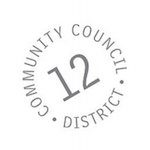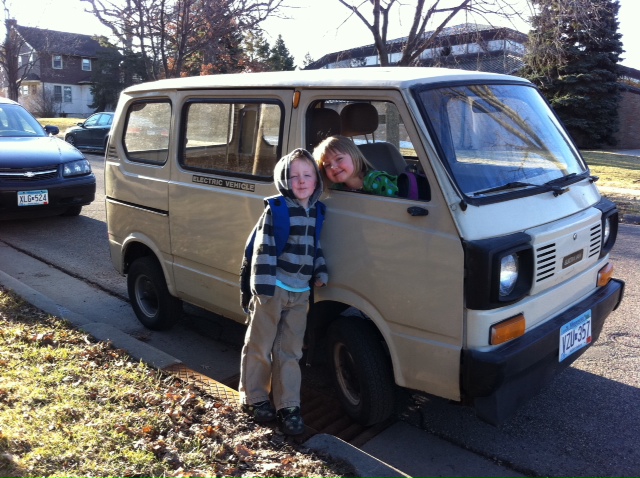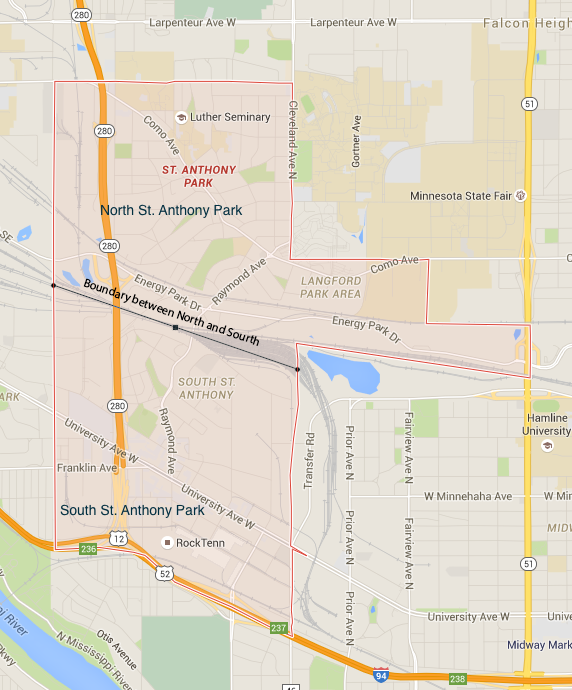In the 1960s, the St. Anthony Park Association became aware of concerning trends in the north side of St. Anthony Park regarding large numbers of homes in failing conditions and the large number of cars driven by St. Paul campus university students and parked on neighborhood streets. Those two concerns proved important in the direction of the Association. At the same time, declining education levels and median incomes suggested changing demographics, particularly in the south side of St. Anthony Park. Residents further grappled with greater industrial expansion in the neighborhood. The Housing Redevelopment Authority (HRA) helped city planners identify major points of concern, beginning the relationship that continues today between the Community Council and the city government. Towards the end of 1969, another group, the South St. Anthony Project Area Committee (PAC) formed to challenge the work of the HRA in regards to citizen involvement and representation in the south side of the park. Although many of the demands from the south side group never came to fruition, they found success in developing programming for youth in the neighborhood–a commitment our Community Council continues to carry forward today.
In 1972, the St. Anthony Park Association made a significant change in representation by voting to admit female members to the group. They had not previously been allowed to participate. The League of Women Voters led this change, pressuring official to implement measures dedicated to equality. During this period of time, neighbors took over publication of the local newspaper, the Park Bugle. The paper began as a way to educate the community, offer advocacy on local issues, and create and maintain a sense of place in the neighborhood. Our Community Council continues to have a relationship with the Park Bugle today. Other exciting changes happened in the neighborhood at the same time. The Block Nurse Program (which eventually morphed into the St. Anthony Park Area Seniors) began as a way to provide nursing, companionship, and other services to seniors who might otherwise not be able to stay in their homes. Today, this program has expanded and continues to thrive.
By the mid-1970s, the City of St. Paul developed district councils. Our Community Council, number 12 of 17 district councils, grew from the roots planted during that time. The Community Council’s first iteration required combining North and South St. Anthony Park for the first time in an official capacity. The Community Council began investing in infrastructure and community outreach. We continue to mold our community through infrastructure and community engagement today. Over the years, the Community Council has served as an umbrella organization, sponsoring community groups who advocate on various issues in the neighborhood. We have served as an incubator for ideas and creativity in our community. We have gained a reputation for our support of the arts and creativity in the neighborhood. We continue to look ahead–creating innovation in our community–on issues like renewable energy, support for local businesses, and equity within our community.
(History credited to David Lanegran, St. Anthony Park: Portrait of a Community, p. 85-99.)
Our current bylaws: SAPCC Bylaws Revised Nov 2017
Previous version: Bylaws Revised 02/2014
Our policy and procedure manual: Policies-and-Procedures-2012




